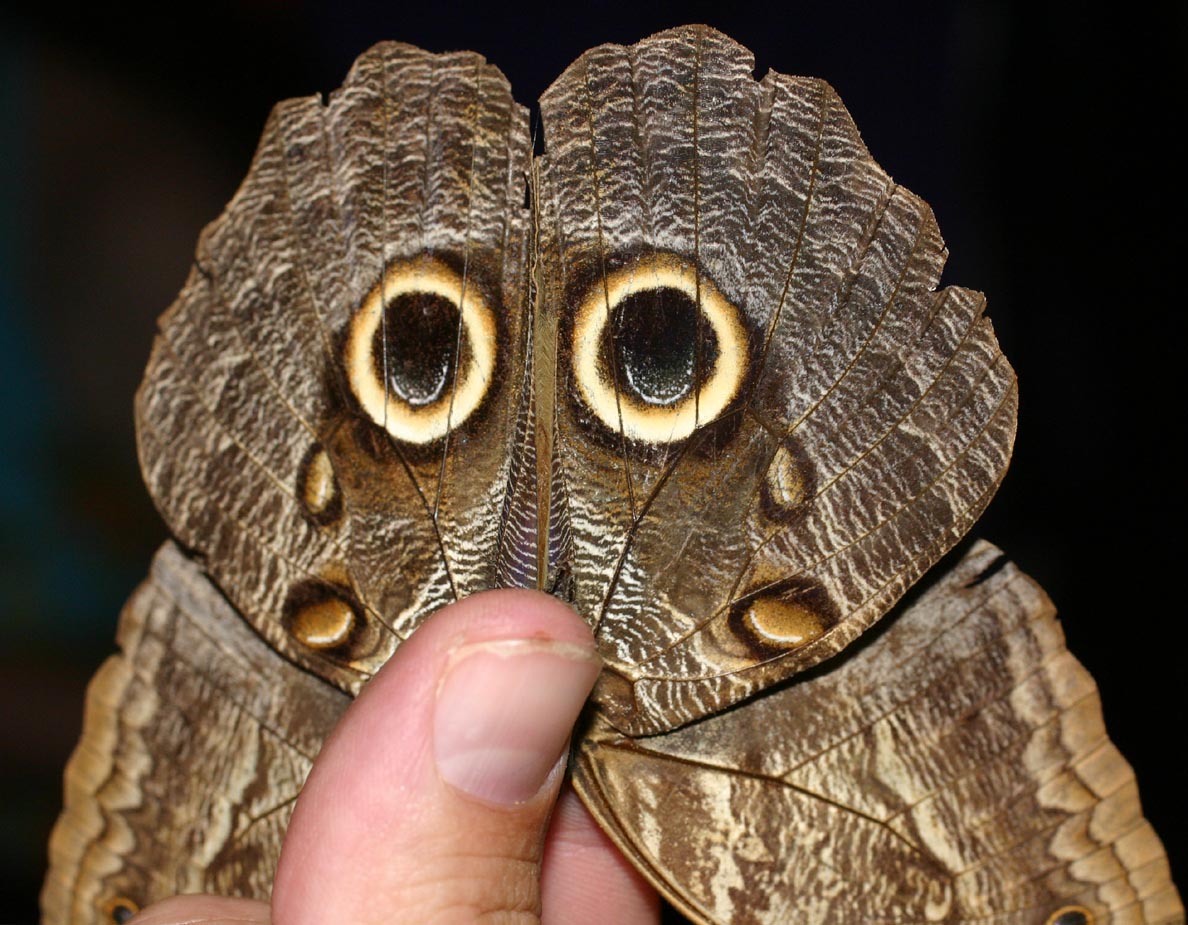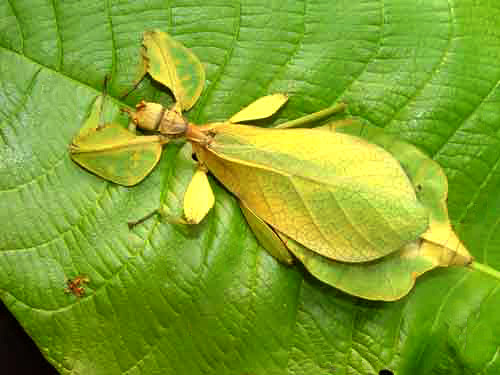Intraspecific Competition
 In nature it is very common to find individuals of the same species competing against themselves for limited resources. This competition is called intraspecific, and this is a density-dependent factor, limiting the carrying capacity of the populations.
In nature it is very common to find individuals of the same species competing against themselves for limited resources. This competition is called intraspecific, and this is a density-dependent factor, limiting the carrying capacity of the populations.
Intraspecific competition plays an important role in natural selection, since it provide the survival for only the strongest and those of better traits.
Nature has ways to prevent intraspecific competition between parents and offspring. For example, plants usually send their pores away from them, so their offspring grow in another place, and some insects have distinct needs between the phase of adult and young, like the butterfly (adult) that develops from a larvae (youth).
Interspecific Competition
This is the competition between organisms from different species for resources, living space , light, and etc. Usually in nature, this kind of competition doesn't interfere in the carrying capacity of populations, since it each specie has their own niche in their habitat, which means that different populations can share a habitat and compete from the resources that it can provide, at the same time.
The problem begins when an different specie is introduced to an environment that it should not be. Sometime the non-native species are very successful in the competition form resources against the natives species. This might create a environmental problem in certain habitats.
 |
| Lions have to face the interspecific competition against Hyenas especially for food. These two species play an important role in the equilibrium of their habitats. |
Predation
Predation is a very common and essential interaction between species, it is usually interspecific. Predation is basically the relation between the hunter, also known as the predator, and who is being hunted, the prey.
In nature, many species are faced to survive the attack of their predators every day. During the evolution of their species, these organism are armored with different strategies to survive their day.
Cryptic Coloration
Cryptic coloration is the name of the method that is commonly known as camouflage. The organisms, in order to hide themselves, have a special colorization that allow them to hence to the background, becoming less recognized by the predator.
Warning Coloration
Warning coloration is a special color that, different from cryptic coloration, is used to be seen and alert the predator. This method is used especially by small frogs in South America.
Mimickry
 Mimickry is method of imitating the shape of another animal or the use of coloration the looks alike the coloration used by some species to warn their predator to "stay away." Mimickry can make the predator mistake the prey with something dangerous if digested or confronted. Many butterflies and some snakes are good example of users of this method.
Mimickry is method of imitating the shape of another animal or the use of coloration the looks alike the coloration used by some species to warn their predator to "stay away." Mimickry can make the predator mistake the prey with something dangerous if digested or confronted. Many butterflies and some snakes are good example of users of this method.
Symbiotic Relationships
Some species that have lived in association for many years have developed an even closer relationship. This kind of association is called symbiotic relationships.
It usually involve an organism that live and/or feeds in on another organism, called host. There are three forms of symbiotic relationships: mutualism, commensalism, and parasitism.
 |
| Clown fish and anemones have a mutualism relationship. While the plant provide shelter and protection to the fish, the fish provides cleaning to the plant. |
Mutualism is a relationship between two organism which the benefits are mutual, which means that both parties are helped in some degree by each other. One good example for mutualism is the relationship between some ants and plants found in South America, the ants protect the plants, whom returns them with nutrients necessaries for their survival.
Human being has some mutualism relationships with microorganisms. Bacteria found in our stomach and mouth help our body breakdown nutrients, and protect our; In return we provide them food and living space.
Commensalism
This relation is commonly known as "one-way relationship," which means that only one organism is benefited, however the other one is not harmed at all. A good example for this type of symbiotic relationship are the sharks and the suckerfishes. The sharks are not affected at all by the other fish, but it provides them protection and food.
Parasitism
 Parasitism is the type of symbiotic relationship which one partner, the parasite, benefits and at the same time harms the host.
Parasitism is the type of symbiotic relationship which one partner, the parasite, benefits and at the same time harms the host.
The parasites are among the most successful species in the world. It affect in large scale our global economy and quality of life. It is estimated that over 1.4 billion humans are infested by parasites.
Parasites play an important role in maintain the population growth of their hosts. However they only weakened their host, not kill, because if their host become extincted, them the parasites would be also extincted.


Nenhum comentário:
Postar um comentário